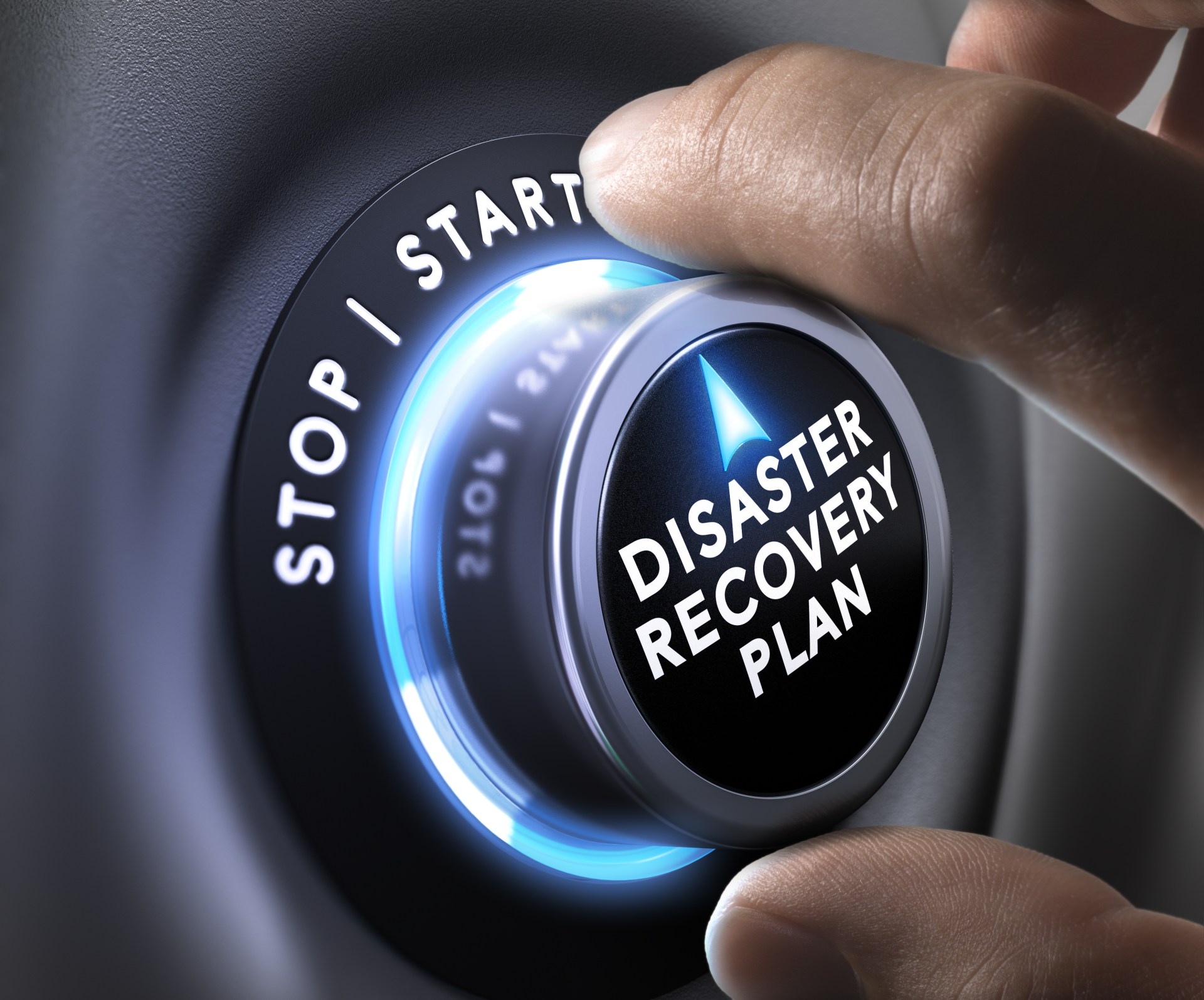
In today’s digital age, where data loss and downtime can have a severe impact on businesses, disaster recovery solutions are more critical than ever. Cloud disaster recovery solutions are an emerging technology that uses cloud-based infrastructure and services to provide businesses with a cost-effective, scalable, and flexible approach to disaster recovery.
Traditional disaster recovery solutions are typically based on physical infrastructure, such as backup tapes or disks stored offsite, or in secondary data centers. While these solutions have been effective for many years, they have significant limitations and drawbacks.
One major limitation of traditional disaster recovery solutions is their complexity. Implementing and managing these solutions requires a significant amount of resources and expertise, including specialized personnel and equipment.
Another limitation is the cost associated with traditional disaster recovery solutions. Setting up and maintaining a secondary data center or physical storage infrastructure can be very expensive, with costs including hardware, software, maintenance, and staffing.
In addition, traditional disaster recovery solutions can be slow and unreliable, particularly when it comes to restoring data or applications. This can lead to significant downtime and lost revenue for businesses, as well as damage to their reputation.
Cloud disaster recovery solutions are an emerging technology that leverages cloud-based infrastructure and services to provide businesses with a cost-effective, scalable, and flexible approach to disaster recovery.
Cloud disaster recovery solutions work by replicating critical data and applications to a remote cloud-based infrastructure, typically hosted by a third-party provider. In the event of a disaster, businesses can quickly restore their data and applications from the cloud infrastructure, minimizing downtime and ensuring business continuity.
Cloud disaster recovery solutions typically offer several levels of recovery, ranging from basic backup and restore capabilities to more advanced options such as failover to a secondary cloud infrastructure. Businesses can choose the level of recovery that best meets their needs and budget, ensuring that they have an effective disaster recovery solution in place.
Cloud disaster recovery solutions offer businesses several benefits, starting with their scalability. This means that businesses can adjust their disaster recovery capabilities to meet changing needs without investing in additional physical infrastructure. Moreover, cloud disaster recovery solutions provide businesses with flexibility and agility, allowing them to recover data and applications quickly and easily in the event of a disaster.
Another benefit of cloud disaster recovery solutions is their cost-effectiveness. Businesses can avoid high upfront costs associated with traditional disaster recovery solutions such as purchasing and maintaining physical infrastructure and only pay for the resources they use. This makes cloud disaster recovery solutions affordable for businesses of all sizes and helps reduce overall disaster recovery costs.
Selecting the appropriate cloud disaster recovery solution is a crucial decision for businesses that aim to ensure continuity during unexpected disruptions. It is important to consider several factors when selecting a cloud disaster recovery solution, including the recovery objectives, scalability, cost, provider reputation, and compliance with relevant regulations.
In addition, it is crucial to determine the appropriate level of disaster recovery for the business. This entails considering factors such as the significance of the business’s data and applications, the effects of downtime on their customers and operations, and the business’s risk tolerance.
For instance, a business that cannot tolerate any downtime for their critical applications and data may opt for a disaster recovery solution that involves failover to a secondary cloud infrastructure, while a business with less critical data and applications may choose a simpler backup and restore solution.
Implementing cloud disaster recovery solutions requires careful planning and execution to ensure that the solution is effective, efficient, and meets the needs of the business. Here are some steps to consider when implementing cloud disaster recovery solutions:
Define requirements: Businesses should define their disaster recovery requirements and develop a strategy that aligns with their objectives and needs. This should include determining the RTOs and RPOs, selecting the appropriate level of disaster recovery, and identifying critical applications and data.
Select a provider: Businesses should evaluate cloud disaster recovery providers based on their reputation, reliability, and compliance with relevant regulations. It is essential to consider the provider’s pricing model, service level agreements (SLAs), and the support provided.
Configure the environment: The cloud disaster recovery environment should be configured to replicate critical data and applications from the production environment to the cloud infrastructure. This includes setting up backup schedules, data encryption, and network connectivity.
Test and validate: Once the cloud disaster recovery environment is configured, businesses should conduct tests to validate its effectiveness and ensure that it meets their recovery objectives. This includes testing the recovery process and validating the RTOs and RPOs.
Monitor and maintain: Businesses should continuously monitor and maintain their cloud disaster recovery solution to ensure that it remains effective and up-to-date. This includes regularly testing the environment and updating the solution to address any changes in the business’s needs.


Discover the DataBank Difference today:
Hybrid infrastructure solutions with boundless edge reach and a human touch.